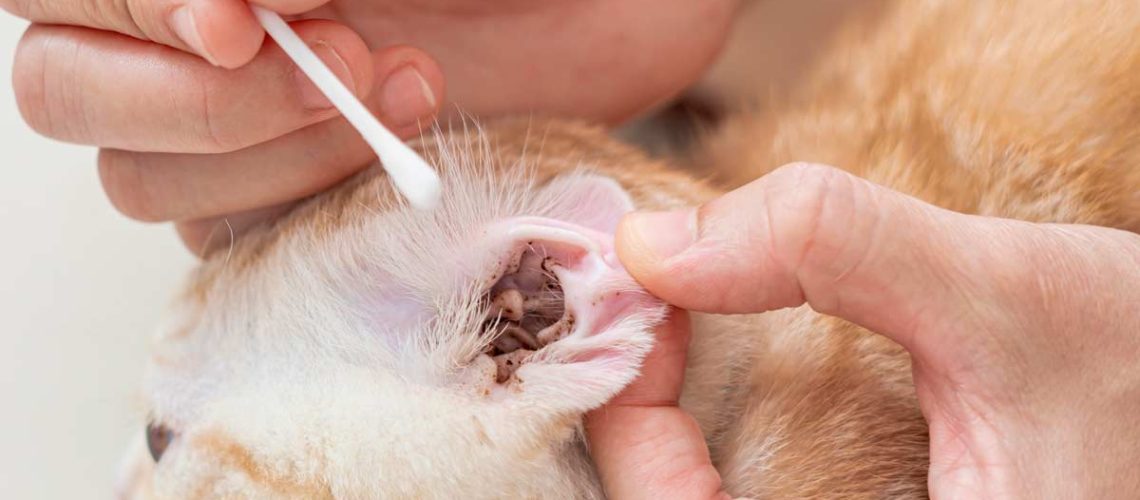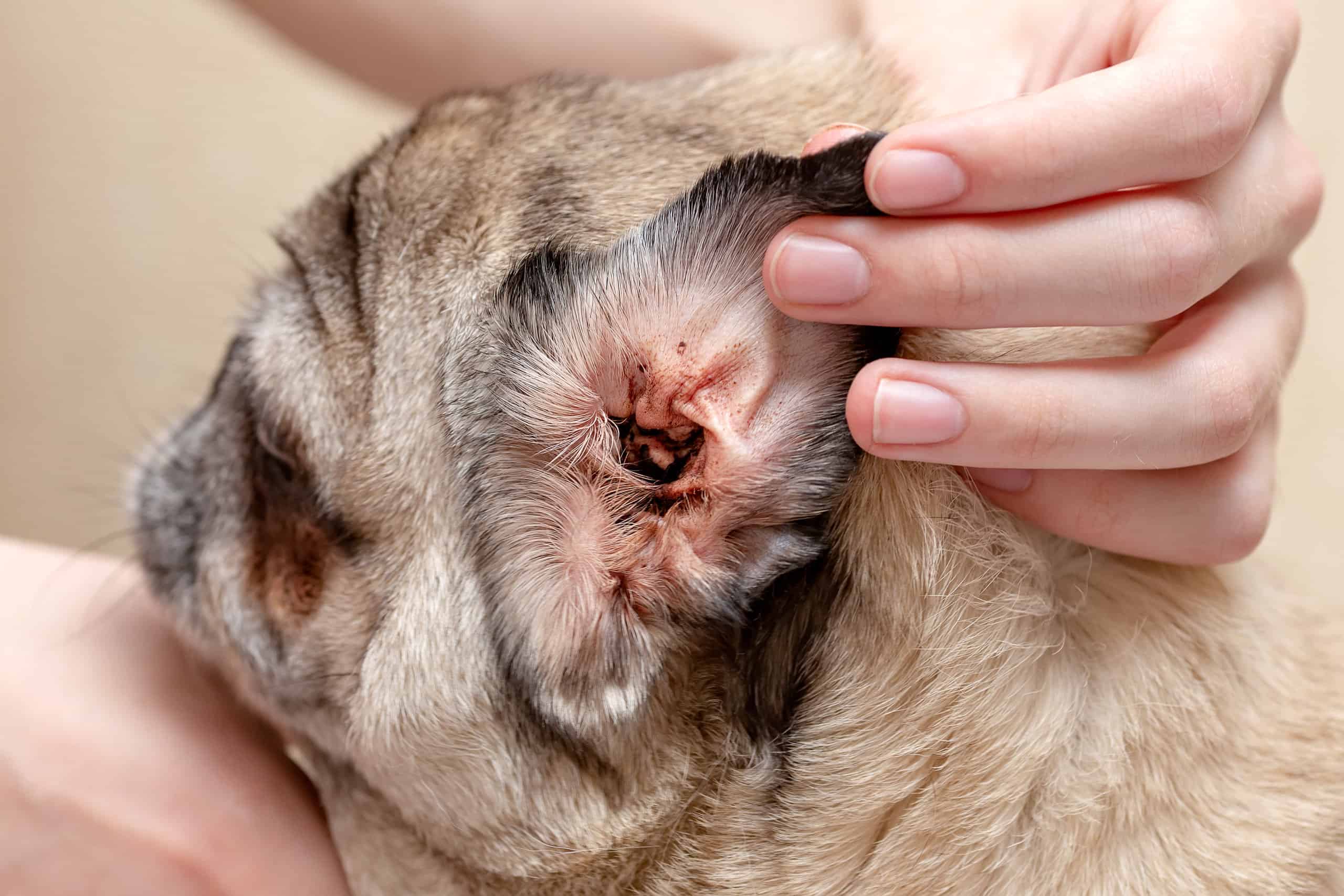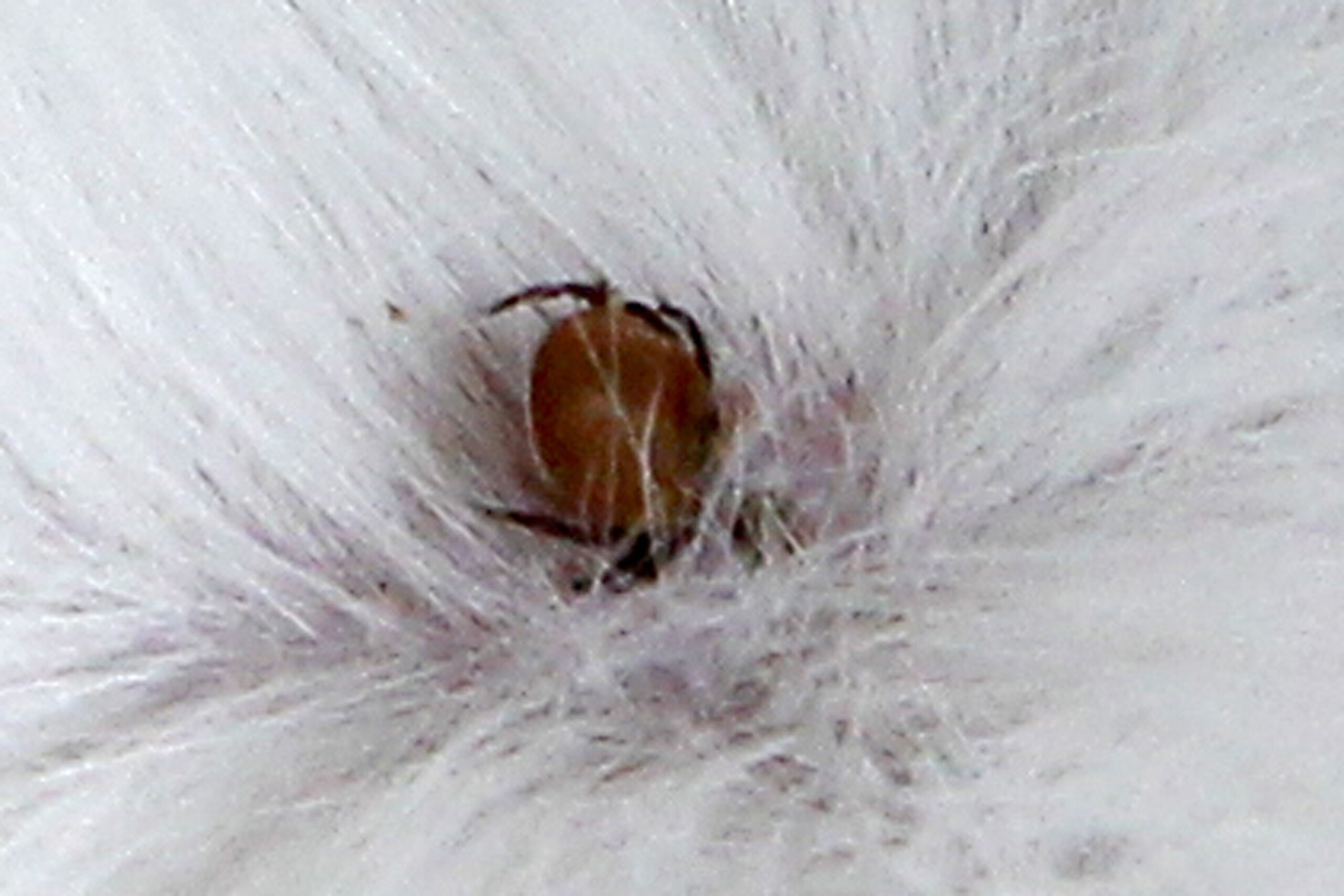Key Takeaways:
- Ear mites are a common problem in cats and can cause discomfort and irritation.
- They are highly contagious and can easily spread between cats, so prompt treatment is essential.
- Common signs of ear mites include excessive scratching, head shaking, and dark discharge in the ears.
- Treatment typically involves using prescription medications to kill the mites and soothe the affected ears.
- Regular ear cleaning and routine check-ups with a veterinarian can help prevent ear mite infestations in cats.
Are you a cat lover? Do you want to ensure your furry friend is happy and healthy? Then get ready to dive into the fascinating world of ear mites! These tiny troublemakers may seem insignificant, but understanding them is essential for your cat's well-being. In fact, did you know that over 50% of cats will experience ear mite infestations at some point in their lives? That's why it's crucial to equip yourself with knowledge about these pesky critters. In this article, we'll explore the ins and outs of ear mites, their impact on your cat's health, and how you can effectively tackle this common problem. So grab a seat and get ready to become an expert on these tiny troublemakers in cat ears!
What are ear mites and why are they a problem for cats?
Ear mites are tiny parasites that live in the ears of cats. They are so small that they can only be seen under a microscope. These mites feed on the wax and oils in a cat's ear canal, causing irritation and discomfort for the cat. Ear mites are highly contagious and can easily spread from one cat to another, especially in households with multiple cats.
The presence of ear mites can lead to several problems for cats. Firstly, they cause intense itching, which can result in scratching and head shaking. This constant scratching can lead to wounds and infections in the ears. Additionally, the excessive scratching may cause damage to the delicate structures inside the ear, such as the eardrum.
Why are ear mites a problem for cats?
- They cause intense itching
- Scratching can lead to wounds and infections
- Possible damage to delicate structures inside the ear
The importance of early detection:
It is crucial to detect and treat ear mite infestations early on to prevent further complications. If left untreated, ear mites can multiply rapidly and cause severe discomfort for your furry friend.
The impact on a cat's quality of life:
Cats with untreated ear mite infestations may experience chronic pain, hearing loss, balance issues, and even behavioral changes due to their discomfort. Therefore, it is essential to address this problem promptly.
How do ear mites affect a cat's health?
Ear mites not only cause physical discomfort but also pose risks to a cat's overall health. The constant itching and scratching can lead to secondary infections, which may require additional treatment. In severe cases, untreated ear mite infestations can even result in hearing loss or permanent damage to the ear canal.
Risks associated with ear mite infestations:
- Secondary infections
- Hearing loss
- Permanent damage to the ear canal
The importance of veterinary care:
If you suspect your cat has ear mites, it is crucial to consult a veterinarian for proper diagnosis and treatment. A veterinarian will be able to examine your cat's ears, prescribe appropriate medication, and provide guidance on how to effectively eliminate the mites.
Preventing complications:
By addressing ear mite infestations promptly, you can prevent potential complications and ensure your cat's overall well-being.
Can humans get ear mites from cats? How can we stay safe?
Understanding the Risk
Ear mites are a common problem in cats, but can humans also get infected? The good news is that while it is possible for humans to contract ear mites from cats, it is extremely rare. Ear mites primarily target animals and do not thrive on human hosts. However, if you come into close contact with an infested cat, there is a slight chance of transmission.
Preventing Transmission
To stay safe and prevent the spread of ear mites from cats to humans, it is essential to take certain precautions. Firstly, avoid direct contact with infested cats whenever possible. If you need to handle an affected cat, make sure to wear gloves and wash your hands thoroughly afterward. Additionally, regularly clean and disinfect your home environment, especially areas where your cat spends most of its time.
Tips for Prevention:
- Avoid close contact with infested cats
- Wear gloves when handling affected cats
- Wash hands thoroughly after handling or petting cats
- Regularly clean and disinfect your home environment
By following these simple steps, you can significantly reduce the risk of contracting ear mites from your feline companion and ensure the safety of both you and your pet.
What are the signs of ear mite infestation in cats?
Ear mite infestations can cause discomfort and irritation for our furry friends. Recognizing the signs early on is crucial in providing prompt treatment. Some common indicators of ear mite infestation in cats include:
Signs of Ear Mite Infestation:
- Excessive scratching or rubbing of ears
- Head shaking or tilting
- Dark discharge resembling coffee grounds in the ears
- Redness, inflammation, or sores around the ears
- Strong odor coming from the ears
If you notice any of these symptoms in your cat, it is essential to consult a veterinarian for a proper diagnosis. Early detection and treatment can help prevent further complications and discomfort for your beloved pet.
How can cat owners prevent their pets from getting ear mites?
Prevention is always better than cure when it comes to ear mites in cats. Fortunately, there are several measures cat owners can take to minimize the risk of their pets contracting these pesky parasites.
Maintaining Good Hygiene
Regularly cleaning your cat's ears with a veterinarian-recommended ear cleaner can help remove dirt and debris that may attract mites. However, be cautious not to insert anything deep into the ear canal as it may cause injury.
Avoiding Contact with Infested Animals
Limiting your cat's exposure to infested animals, especially stray or outdoor cats, can significantly reduce the chances of ear mite transmission. If you have multiple cats at home, ensure that all of them receive regular check-ups and appropriate preventive treatments.
Tips for Prevention:
- Clean your cat's ears regularly with a veterinarian-recommended ear cleaner
- Avoid contact between your cat and infested animals
- Schedule regular check-ups and preventive treatments for all your cats
By implementing these preventive measures, you can create a safer environment for your feline companion and minimize the risk of ear mite infestation.
Are there home remedies for treating cat ear mites, or should you go to the vet?
When it comes to treating ear mites in cats, it is crucial to seek professional veterinary advice rather than relying solely on home remedies. While some natural remedies may provide temporary relief, they often fail to eliminate the underlying problem completely.
The Importance of Veterinary Care
A veterinarian will conduct a thorough examination to confirm the presence of ear mites and determine the best course of treatment. They may prescribe medicated ear drops or topical treatments specifically designed to eradicate ear mites effectively. These medications are formulated to target the mites directly, providing faster and more reliable results than home remedies.
Benefits of Veterinary Treatment:
- Accurate diagnosis of ear mite infestation
- Prescription of appropriate medication for effective treatment
- Professional guidance on administering the medication correctly
While it is understandable to explore home remedies as a first step, it is crucial to consult a veterinarian for proper diagnosis and treatment. This ensures your cat receives the most effective care and achieves complete recovery from ear mite infestation.
How long does it take to treat and get rid of ear mites in cats? What steps ensure complete recovery?
Treating and eliminating ear mites in cats requires patience and consistency. The duration of treatment can vary depending on various factors, including the severity of infestation and the chosen treatment method. However, with proper veterinary care and adherence to recommended guidelines, complete recovery is achievable.
Treatment Duration
Typically, treating ear mites in cats involves a multi-step process that spans over several weeks. It usually includes regular cleaning of the ears, administration of prescribed medications, and follow-up visits to monitor progress. The initial phase aims at killing adult mites, while subsequent treatments target eggs and larvae to prevent reinfestation.
Ensuring Complete Recovery
To ensure your cat's complete recovery from ear mite infestation, it is essential to follow these steps:
1. Administer prescribed medications as directed by your veterinarian.
2. Clean your cat's ears regularly using recommended products.
3. Keep your cat's environment clean by vacuuming and washing bedding regularly.
4. Prevent contact with infested animals to avoid reinfestation.
5. Attend follow-up appointments to monitor progress and adjust the treatment plan if necessary.
By diligently following these steps and maintaining proper hygiene, you can help your cat overcome ear mite infestation and achieve a full recovery. Remember, consistency is key in successfully eliminating ear mites and ensuring the well-being of your feline companion.
In conclusion, ear mites are small pests that can cause big problems for cats. It's important to regularly check and clean your cat's ears to prevent these troublemakers from causing discomfort and potential health issues.
How do you get ear mites out of cat's ears?
According to Miller, many treatments for mites, including ivermectin, are very effective. Even a traditional remedy like baby oil can work well. Putting a few drops of baby oil into an affected ear multiple times a day for about a month can usually kill the mites. Dr. also advises continued treatment and maintenance of a cat's ears to prevent future infestations.
What does an ear mite infestation look like in cats?
Cats that have ear mites often show signs of discomfort such as frequent shaking and scratching around their ears, head, and neck. Their ears may appear red and inflamed due to irritation. Additionally, there may be dry, crumbly, dark discharge or wax in or around the ear canal.
What are the little brown bugs in my cat's ears?
Ear mites are a frequent occurrence in outdoor cats and can easily spread between animals, but fortunately, they do not affect humans. The mites lay eggs in the ear, and it takes about three weeks for them to develop into adult mites capable of reproducing and worsening the infestation.
How do cats act when they have ear mites?
Common symptoms of ear mites in cats often include itching, scratching of the ears, head, and neck, frequent headshaking, and the presence of dry, crumbly discharge that may be black or red-brown in color within the ear canal.
Can you put peroxide in cat's ears for ear mites?
According to Schechter, a common mistake people make when cleaning a cat's ears is using hydrogen peroxide, which can be excessively drying. It is crucial to use a cat-specific ear cleaning product instead.
What home remedy kills ear mites in cats?
Apple cider vinegar has been used for a long time as a natural remedy for various health issues. One lesser-known use is its effectiveness in treating ear mites in cats. It has anti-fungal and anti-bacterial properties that make it suitable for addressing ear mite infestations, including those caused by bacterial or yeast infections.

















